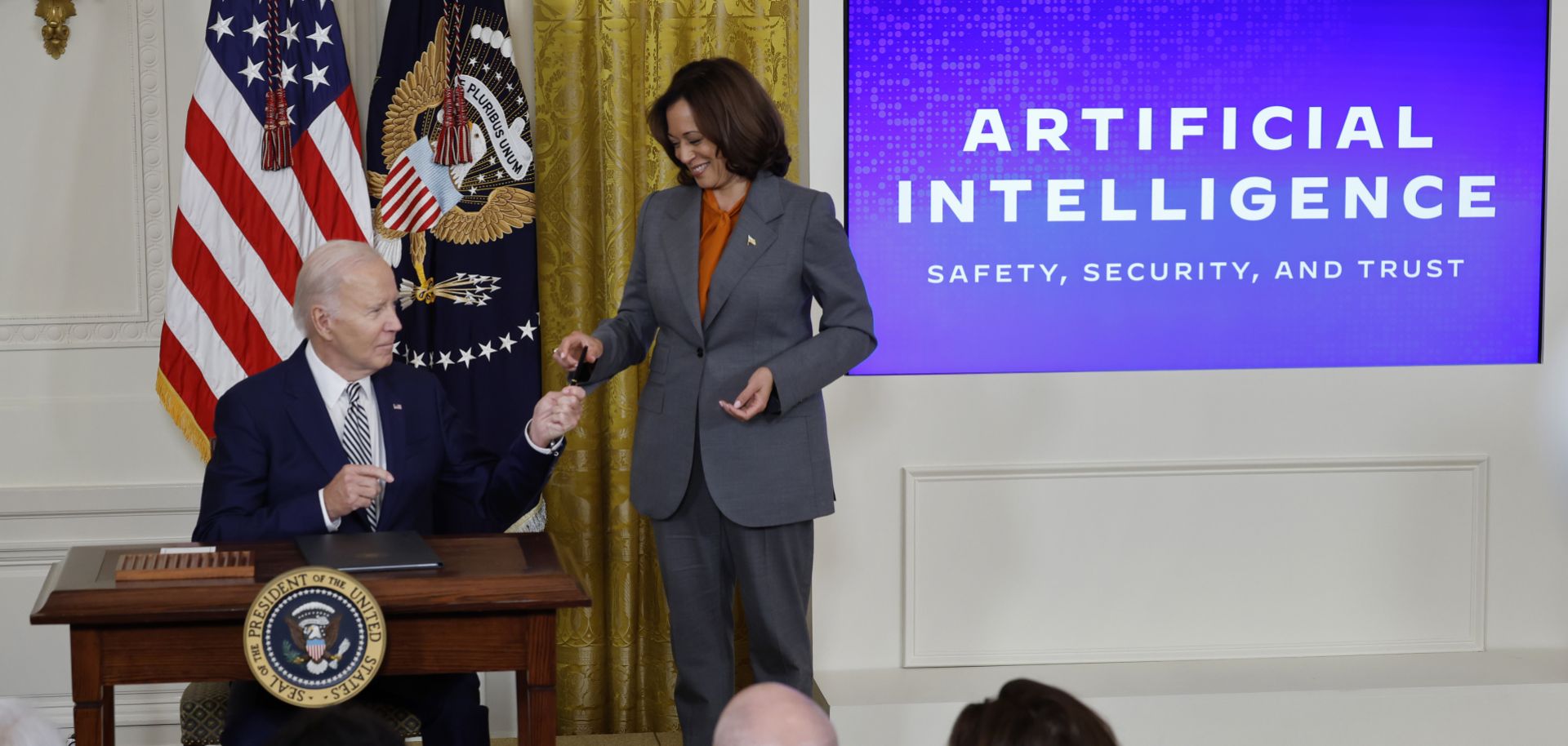While U.S. President Joe Biden's recently signed executive order on artificial intelligence is a first step in creating a U.S. regulatory framework at the federal level, it will face implementation challenges that will limit its immediate impact, likely leaving a patchwork of AI regulations that could incentivize some U.S. states to look to the European Union for guidance. On Oct. 30, Biden signed an executive order on Safe, Secure and Trustworthy Artificial Intelligence, attempting to cast a wide net to address emerging risks such as engineering biological weapons and weapons of mass destruction, government use of AI, data privacy, and risks to education, equity and civil rights and job security. It also contains provisions designed to enhance U.S. AI competitiveness, innovation and global leadership. To address emerging risks, it orders new notification standards for AI developers creating foundational AI models and calls on a variety of different government agencies to...

